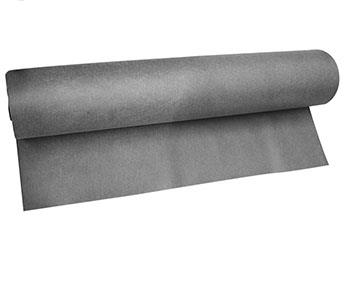Hot rolled non-woven fabric
Relying on hot rolls to melt and strengthen the fibers. Generally, there is a nip point where the fibers are melted. Commonly used in the market are PP polypropylene hot-rolled cloth, PET polyester hot-rolled cloth and PA nylon (also called Canberra). They are mainly different in raw materials and performance. And the price rises sequentially, that is, under the same specifications, Canberra's pull is better.
Product description
【product name】Hot rolled non-woven fabric
[Product Features] Lightweight, soft, water-repellent, breathable, non-irritating, good performance, and good physical properties
[Material] Polyester, PET, PP
[Width] can be customized
[Product introduction] Hot-rolled non-woven fabrics rely on hot-rolling rolls to melt and strengthen the fibers. Generally, they have rolling points, where the fibers are melted. Commonly used in the market are PP polypropylene hot-rolled fabrics, PET polyester hot-rolled fabrics and PA nylon (also called Canberra). ), they are mainly because of different raw materials, and the performance and price increase sequentially, that is, under the same specifications, Canberra's tensile strength is better.
【Scope of application】Medical and sanitary non-woven materials, non-woven materials for clothing, non-woven materials for daily life, non-woven materials for industrial use, non-woven materials for agriculture and non-woven materials for national defense, etc.
Non-woven fabrics are generally divided into fixed netting methods: needle punching, hot rolling, spunlace, chemical bonding and thermal bonding, etc.; because it is a fixed netting method, that is to strengthen the fiber net, such as: spunbond filament After the web is laid, it will be reinforced with hot rolls, so it is a hot-rolled fixed web method, which can also be called a hot-rolled non-woven fabric. Hot-rolled non-woven fabrics rely on hot-rolling rolls to melt and strengthen the fibers. Generally, they have rolling points, where the fibers are melted. Common polypropylene hot-rolled fabrics and polyester hot-rolled fabrics on the market are mainly different in raw materials, and their performance and prices increase sequentially.




